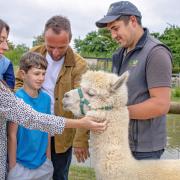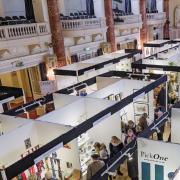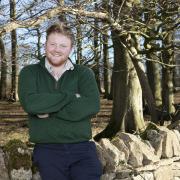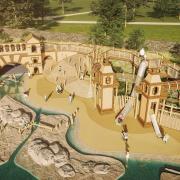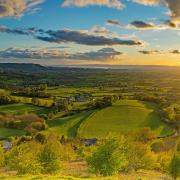The project is the brainchild of Californian entrepreneur and classic car enthusiast Peter Mullin and is set to ‘be a unique cultural destination set in Cotswold countryside’.
Planners have given the green light to a controversial, multi-million pound car museum in the heart of the Cotswold countryside.
Four hundred letters of objection and support flooded into West Oxfordshire District Council, which has granted outline permission for Mullin Automotive Park at Enstone Airfield.
Objectors are said to have included Sir Patrick Stewart. Chipping Norton neighbour Jeremy Clarkson was reportedly in favour of the project, dreamed up by Californian entrepreneur and classic car enthusiast Peter Mullin.
His 6,000sq m museum development, on the site of a disused Second World War airfield, will include 28 residential lodges, a hospitality pavilion and demonstration road - for 'exercising' Mr Mullin's car collection.
Sustainably built, maximising thermal performance and using reneweable energies, it is tipped to create 300 local jobs.
Gerard Evenden, Head of Studio for international architects Foster + Partners said, "We're delighted to be part of this exciting new development that represents the convergence of mobility and lifestyle to create a new vision for the future.
"The Mullin Automotive Park will be a unique cultural destination set in Cotswold countryside, that seeks to support the wider community as well as providing a special experience for classic automobile collectors."
As well as charting a century of motoring history, the museum will pay homage to future technology - "a centre of knowledge, education and excellence".
Mr Mullin added: "This will not just be another car museum.
"We have had the automobile for just over a century, but my great grandchildren will probably never drive a motor car - at least not as we know it. Instead they will travel in secure autonomous pods controlled by a computer.
"The Mullin Automotive Park will tell the powerful story of the automobile and its role in shaping our societies." The design draws inspiration from the idea of a rural estate, a journey through a carefully-considered landscape towards the main building that forms an integral part of the overall experience for visitors.
A small cluster of workshops with visitor facilities including the ticket office and café are located at the entrance of the site. From here, visitors can walk to the museum at the heart of the site. Designed as a collection of buildings arranged in a crescent, the museum will be the focal point of the development, allowing for most of the site to remain as green parkland.
The automotive park also features roads that are especially designed for 'exercising' cars from the Mullin collection, allowing visitors to have an immersive experience.
Planning permission was sought in January, and in March, a decision was deferred while the planning committee sought clarifications.




